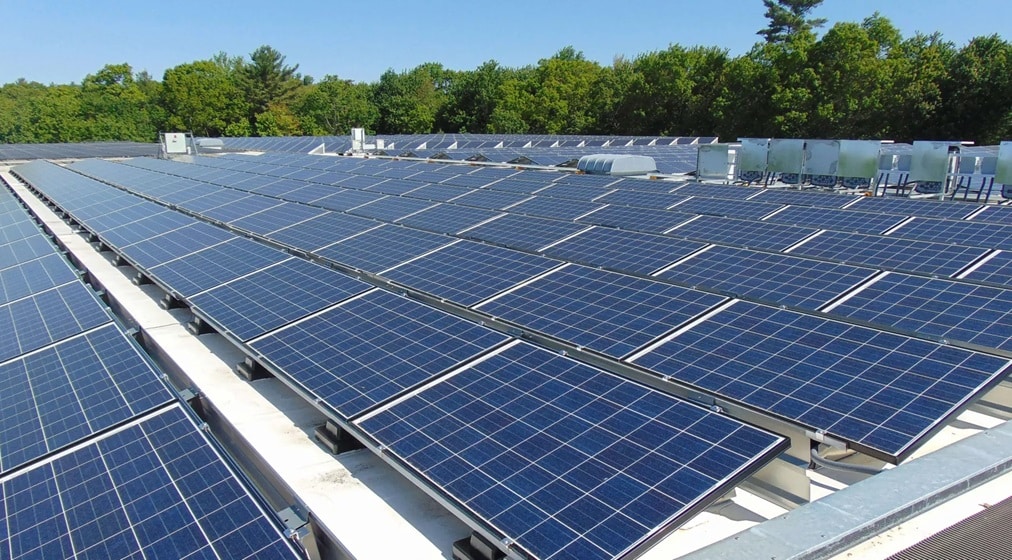
Tech
Solar Panels New Material to Boost Electricity Generation by 190%
Researchers at Lehigh University in the US have discovered a groundbreaking new material that could revolutionize the future of solar panels.
Initial findings suggest that this material has the potential to generate 190 percent more electricity than traditional solar cells.
The scientists’ research, published in the journal Science Advances and reported by an international daily, unveils a material that exceeds the theoretical efficiency limit of conventional solar panels.
Professor Chinedu Ekuma, leading the study at Lehigh University, hails this breakthrough as a significant advancement in sustainable energy solutions.
Through their experimentation, scientists engineered a material capable of absorbing both infrared and visible light.
This innovative substance achieved an External Quantum Efficiency (EQE) of 190 percent, indicating the generation of more than one electron per absorbed photon.
This achievement was made possible by studying the ‘van der Waals gaps’ between layered 2-D materials.
Professor Ekuma praises the material’s swift response and heightened efficiency, hinting at its potential applications in photovoltaic systems.
Named Cu-intercalated GeSe/SnS, the material holds promise for high-efficiency solar cells essential for meeting global energy demands.
The next phase for Professor Ekuma and his team involves integrating this experimental material into existing renewable energy infrastructures.








